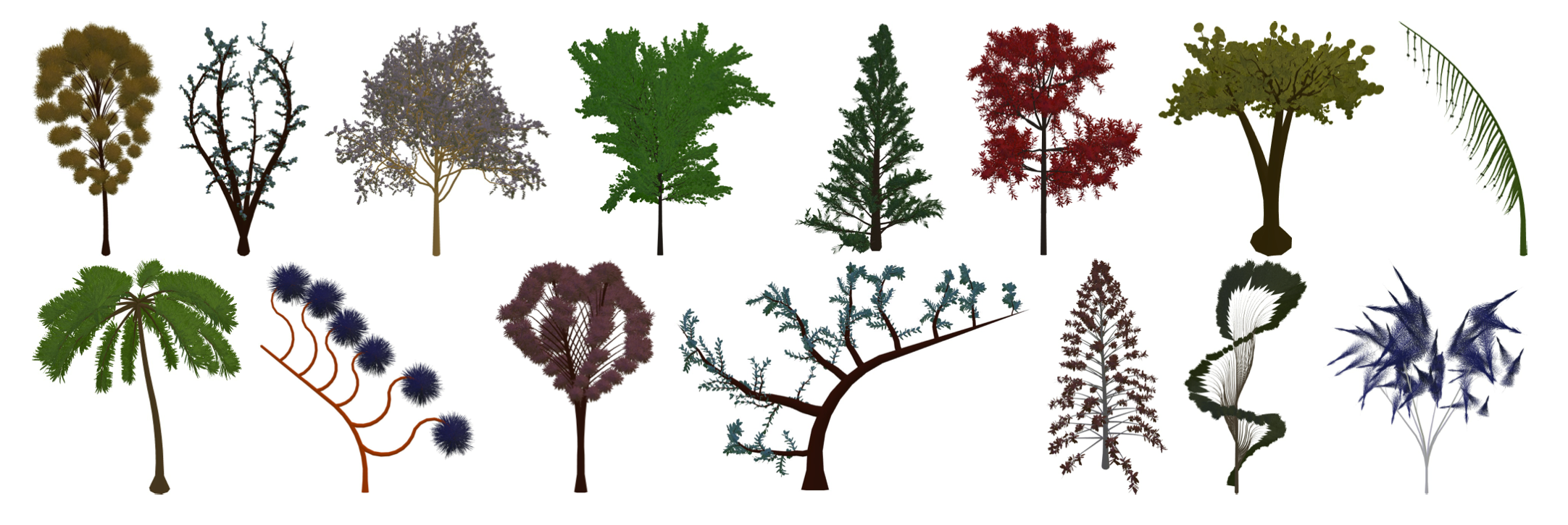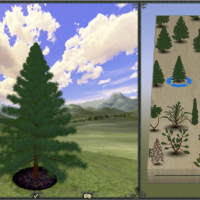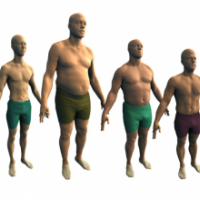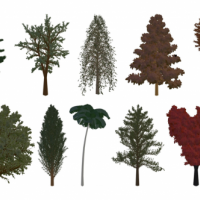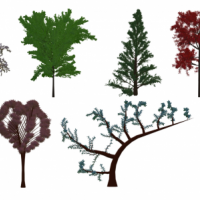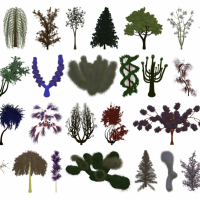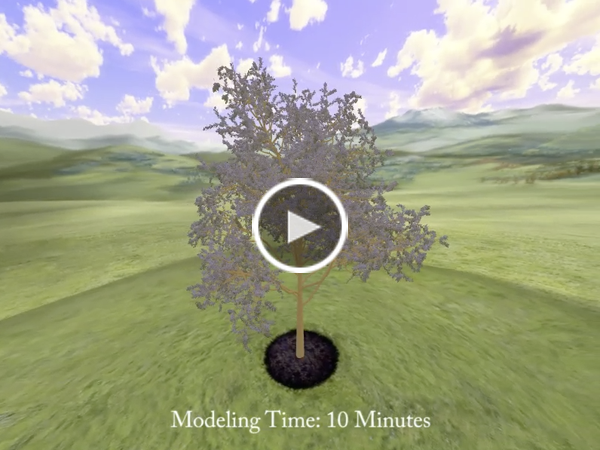Enabling ordinary people to create high-quality 3D models is a long-standing problem in computer graphics. In this work, we draw from the literature on design and human cognition to better understand the design processes of novice and casual modelers, whose goals and motivations are often distinct from those of professional artists. The result is a method for creating exploratory modeling tools, which are appropriate for casual users who may lack rigidly-specified goals or operational knowledge of modeling techniques. Our method is based on parametric design spaces, which are often high dimensional and contain wide quality variations. Our system estimates the distribution of good models in a space by tracking the modeling activity of a distributed community of users. These estimates, in turn, drive intuitive modeling tools, creating a self-reinforcing system that becomes easier to use as more people participate. We present empirical evidence that the tools developed with our method allow rapid creation of complex, high-quality 3D models by users with no specialized modeling skills or experience. We report analyses of usage patterns garnered throughout the year-long deployment of one such tool, and demonstrate the generality of the method by applying it to several design spaces.
Exploratory Modeling with Collaborative Design Spaces
